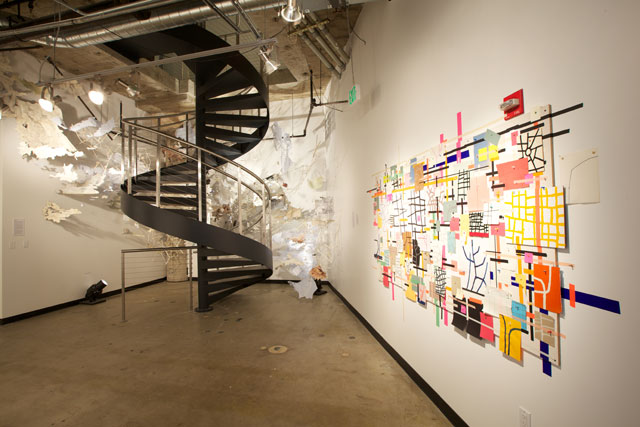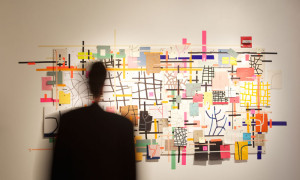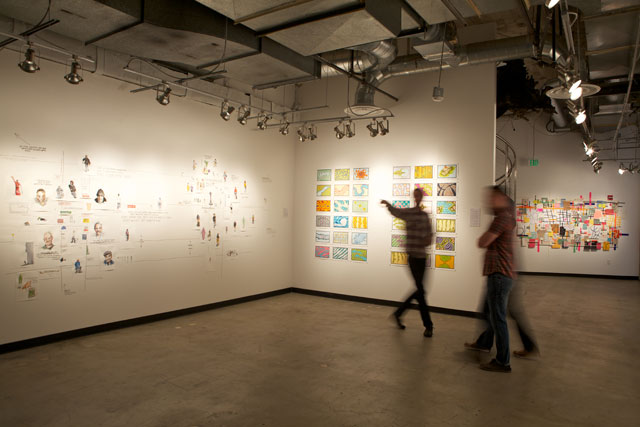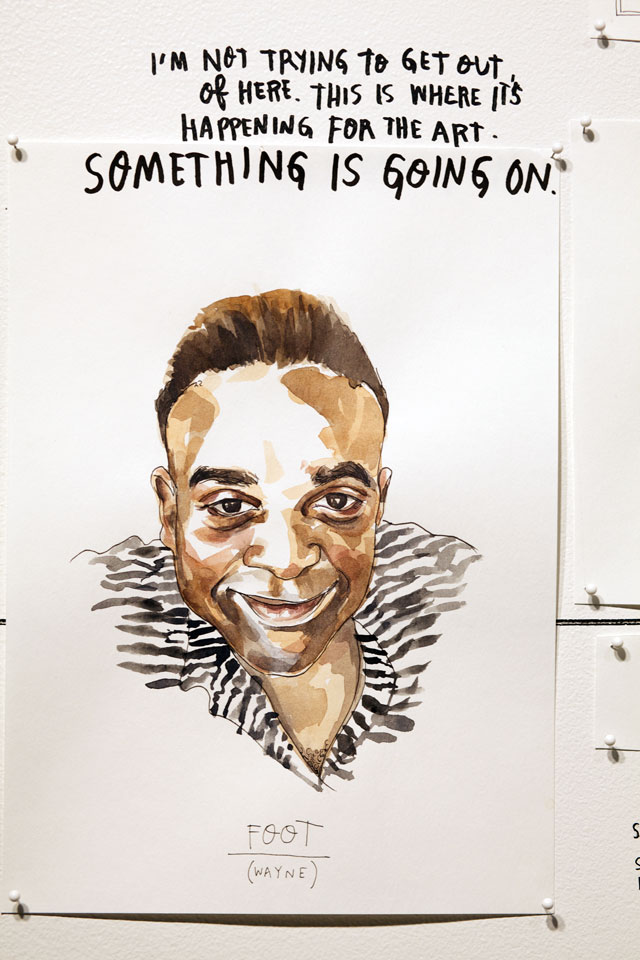In the nearly two months since San Francisco’s oldest nonprofit artists’ space Intersection for the Arts announced a “reorganization,” suspended programming and laid off key staff, there has been a lot of talk about the fate of the organization and what it represents for the future of the city’s culture. But these conversations have happened in private circles or online in social media. This last Tuesday, July 15, Intersection hosted a community meeting to discuss its future with the public.
It was a packed house. Indeed, it was one of the most robustly attended, culturally diverse events I’ve seen in the city. Stakeholders of every ilk were represented in this gathering of some 150 people, including members, artists, students, elders, curators, writers, nonprofit leaders, philanthropists, and city employees. Attendance was further enriched by the range of cultural interests, including performance, community arts, visual arts, music, literature, and social justice
In this sense, the evening was a pure reflection of what Intersection has always done best: create community at the intersection of different cultures. Looking around at the many brilliant figures and arts leaders in the room, it seemed that anything was possible.

The meeting was led by a transition team of volunteers, including board members, the former program directors, and former Executive Director Deborah Cullinan, among others. After a brief set of introductions, five breakout groups were organized to gather feedback about the future, based on programming themes of “visual arts,” “performance,” “community engagement,” “shared spaces and new models,” and “fundraising.” The message from the outset was that the community would have the opportunity to shape the future. Though forward thinking, many were bewildered by the absence of a statement about what brought Intersection to its current state.
I floated between several of the groups. In each I heard shared concerns about maintaining the core values of the organization, prioritizing artists and work related to social justice. Whether or not the organization needed a dedicated space was also a consideration, with good arguments in favor of both dedicated space and nomadic programming. Partnerships with different organizations were also discussed. There was talk about the struggle to raise money and how the funding system for nonprofits has evolved in the last ten years. (My favorite comment came from a woman who said that we all need to be “pimps” in this business: Public Individuals Manifesting Power.)




